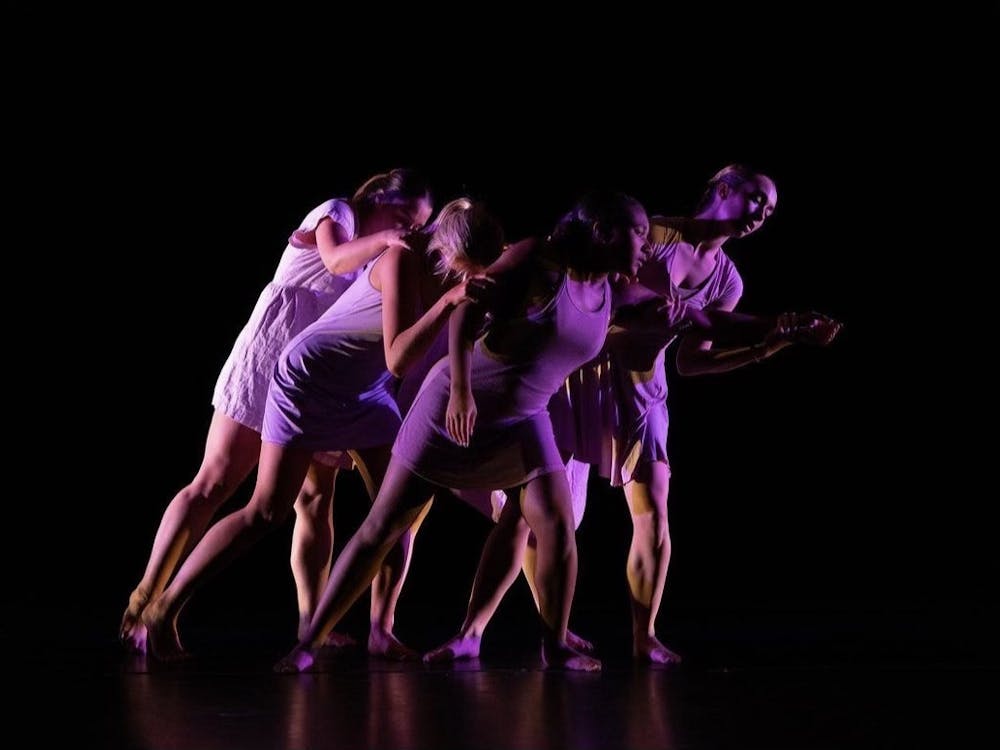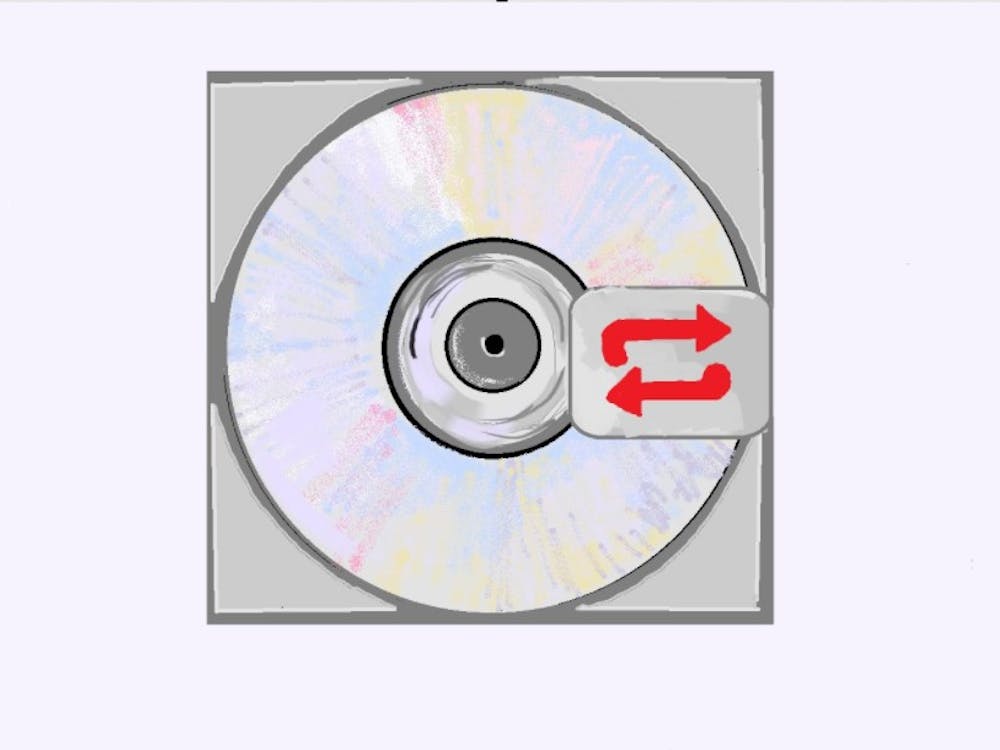Rina Sawayama’s brand of pop music has always been composed of many different inspirations. With 2020’s “Sawayama,” the singer worked to incorporate nu-metal and a heavy Y2K influence into her music, while also establishing key themes of queer acceptance and Asian identity as core principles of her work. “Hold the Girl” builds upon these influences and themes while also introducing new ones.
Starting off the album, Sawayama begins with “Minor Feelings,” a ballad that serves as an intro into what is an emotionally wrought album. While “Minor Feelings” isn’t a standout track per say, it does do the important job of introducing the key themes that Sawayama will be focusing on with this project — the Asian experience and her own childhood.
Named after the book “Minor Feelings” by Korean-American poet Cathy Park Hong, the song emphasizes the struggles that Asian individuals face on a daily basis because of their race. In particular, the song hones in on the abuse that Asian Americans faced during the height of the pandemic through the line, “When you throw your words and hide behind a plastic shield.”
Furthermore, the track goes on to establish the theme of Sawayama’s childhood within the album as it mentions “building forts between the sofa and the windowsill,” something that most everyone can relate to doing as a child. Thus, this track does a great job of laying out the common theme of childhood experiences throughout the rest of the album.
Moving on from “Minor Feelings,” the album goes straight into “Hold the Girl,” the album’s titular song and standout single. “Hold the Girl” merges heavy gospel influence with dance pop to create a hook-laden anthem.
“Hold the Girl” stands out amongst other lead singles, “This Hell” and “Catch Me in the Air,” as it not only gives some of the best hooks on the album — “reach inside and hold you close / I won’t leave you on your own”— but also captures the emotional heft of the album to come.
Sawayama takes a lot of risks on this project — some which pay off and others which fail. “Imagining” is an instance in which these risks work in Sawayama’s favor as she goes full on hyper-pop. The song winds up sounding like an embodiment of the rage that Sawayama has towards the problems in her life, “So tell me, what the fuck is up? What’s happening?/ Right now, my sanity is gone, it’s vanishing.”
The song is not only the most danceable track on the album but also serves as a great refresher after sleepier songs like “Forgiveness.” Similarly, “Frankenstein” also encapsulates the feeling of rage and desperation as Sawayama pleads with someone to make her better — “Put me together one more time / Love me forever, fix me right.”
The album’s missteps arrive with “Your Age.” This track seems so out of place sonically as Sawayama attempts to embrace grunge while accounting an age-gap relationship. Here, Sawayama takes a risk only for it to backfire, confusing the overall message of the album as this age-gap relationship is never referenced again.
At times, the track placement on the album is also highly confusing. Choosing to put the acoustic ballad “Send My Love to John” after fast-paced songs such as “Imagining” and “Frankenstein” feels like whiplash.
For an album all about emotional themes, there is a distinct lack of songs that capture this sonically. Songs such as “Hurricanes” and “Phantom” include references to the themes of childhood that Sawayama harps on but ultimately fail to capture their importance as they delve into Y2K-influenced guitar riffs. In this sense, Sawayama’s maximalist production style often stifles the message of the song and her lyricism as it comes across as her taking on too many elements at once. “Phantom” in particular struggles with this when Sawayama states in the bridge, “Inner child, come back to me / I wanna tell you that I’m sorry, I’m sorry,” only for the song to move straight into a guitar solo.
Aside from the issues, “Send My Love to John” is one of the strongest points on the album. Sawayama strips everything down to give added vulnerability to a song written from the perspective of an apologetic mother realizing that her gay son has found happiness. An in depth look at queer struggles such as this one is rare to come by in music, and it is done beautifully through Sawayama’s storytelling and her powerful voice.
“Hold the Girl” sees Sawayama taking risks at every turn. Yet, she holds onto the anthemic storytelling that makes her Rina Sawayama as she contemplates the personal issues she’s faced in her life.





